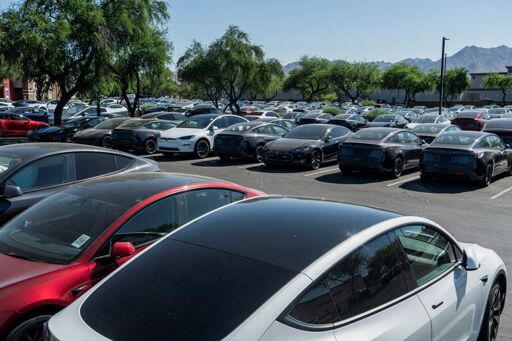

I moved from a location that had fluoride where I grew up, to one that didn’t as an adult, and with the same oral routine, I went from 1 cavity to like a dozen and multiple root canals.
I’m not saying my routine was sufficient and I’ve gotten better at it, but if people are used to one thing and it suddenly changes, they’re gonna be pretty surprised at the impact.





Putin: How long would it take to seize Kyiv? Can we do it in three days?
YES MAN: THREE DAYS SIR! YES SIR!